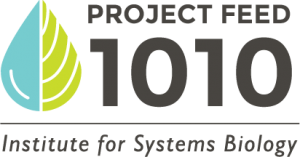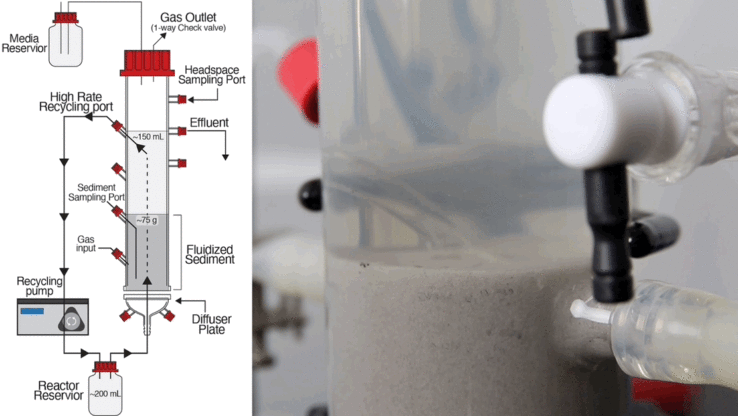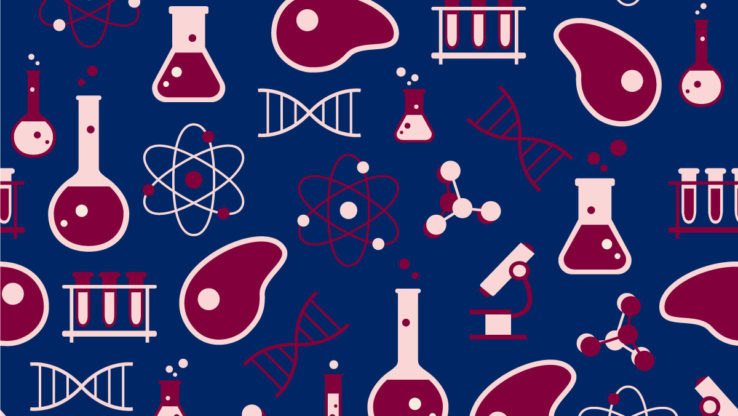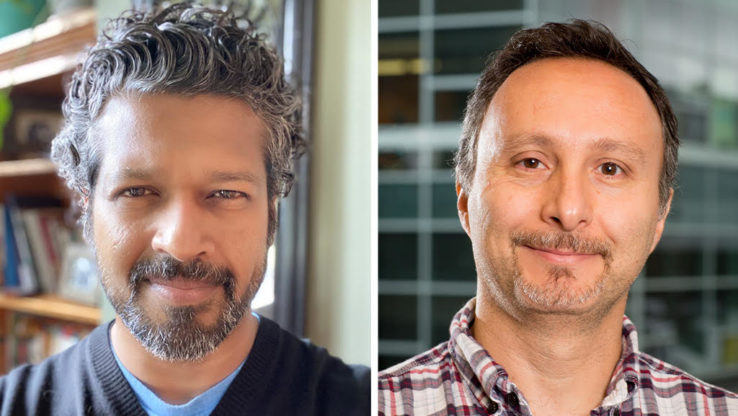Overview
We are in the throes of the sixth mass extinction on our planet. Whereas 9 species were predicted to go extinct since 1900, more than 450 have gone extinct, with mammals disappearing at the highest rate. Humankind is headed toward a catastrophic situation resulting from water shortage (at least 30% gap between demand and supply by 2030), and rapid shrinkage of per capita arable land. The ratio of urban to rural population has reversed dramatically since the 1950s. Population growth – expected to reach 10 billion by 2050 – is outpacing agricultural innovation, creating a demand that the industry will not be able to satisfy. It’s necessary to make more efficient use of cultivated and non-cultivated land, because continuing to deplete natural resources is not sustainable. An added concern is a projected unemployment rate of 47% due to the loss of mid-scale jobs currently filled by individuals with with training between high school and two-to-four-year diplomas. But a paradigm shift in food production would catalyze a new agricultural economy that could potentially address both issues.
The fundamental change that is necessary to address the impending food security crisis is to reduce the environmental footprint of crop production by creating a new sustainable agricultural economy within an urban infrastructure. Solutions for this already exist, but are not yet fully optimized or at scale. ISB is developing a crowdsourced strategy to coordinate scientists and educators worldwide to simultaneously drive optimization of sustainable agriculture systems, and develop entrepreneurs and a workforce for creating the new economy.
We are actively working on Project Feed 1010, a demonstration project and laying the experimental, computational, cloud-computing and social networking infrastructure for a first-of-its-kind network of farmers, scientists and educators to crowdsource sustainable agriculture research and education.
Research
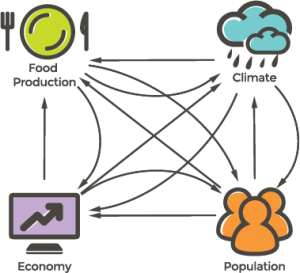
The economy, food supply chain, climate, and population are all part of a complex, dynamical system. A perturbation in one can have non-linear and large consequences. When multiple parameters change independent of each other then the system will be taxed too much and could potentially collapse – hence the food security crisis.
The research aims of the sustainable agriculture project will be to optimize aquaponics systems (aquaculture + hydroponics), which can recycle up to 98% of water and nutrients to support year-round crop production within repurposed land, including backyards, rooftops, and high-rises in an urban setting. The goal is to standardize, automate, and democratize these systems so they can be widely disseminated across the network at low cost. Our goal is to equip the aquaponics systems with standardized probe sets for real-time monitoring of diverse environmental variables, which will be continuously streamed to a centralized ISB cloud. ISB will pioneer the development of inference engines that will mine and discover disparate patterns for improving yield and quality of produce, while providing real-time actionable feedback to aquaponics farmers. Given that this is a multifactorial optimization problem, the power of crowdsourcing is precisely what is required to test the multitudes of combinations of environmental variables (e.g., temperature, light, humidity, etc.), nutritional compositions (e.g., N, P, S, trace metals, etc.), types of fish and plants, and even the composition of the plant, water, and fish microbiomes. Students, scientists, teachers, farmers, and citizens can participate in this network to accelerate optimization of this proven sustainable agriculture system.
Education
We will use the scientist-educator network to crowdsource development and dissemination of transformative high school STEM curriculum related to critical real-world issues such as climate change, food security, and environmental sustainability. Our preliminary work demonstrates that a scientist-educator network will create exciting professional development opportunities for teacher leaders, while driving a nationwide, sustainable and systemic change in high school STEM education. This effort will boost leadership skills of teacher leaders and make them proficient in furthering their influence in diverse ways:
- The teacher leaders will gain first-hand experience in developing and executing a strategy to recruit and establish researchers and educators into a crowdsourced network.
- They will directly participate in developing and utilizing a social network and web-based infrastructure required for coordinating the crowdsourced network.
- The teachers will learn how to activate the crowdsourced network to take scientific advancements and their research experiences from laboratory to classroom — complete with hands-on activities, evaluation plans, and professional development and teaching aids.
- The cross-disciplinary nature of the crowdsourced project will offer the teachers a platform and a mechanism to move out of their professional confines and out into the state and national arenas.
Similarly, students also stand to gain enormously from this effort. They will learn to work in cross-disciplinary teams, and become an integral part of the solution to real-world issues that builds on social networking and distributed learning. The students will get hands-on experience in sustainable agriculture while receiving cross-disciplinary training across all disciplines of STEM. The crowdsourced model will allow students across the world to compare, contrast, and discuss their results and experience first-hand the scientific process. This will cultivate critical thinking skills in the context of a real world complex issue of food security. We expect that the students will close the achievement gap to directly participate in the work force, thereby addressing the projected 47% unemployment crisis due to automation and technological advancement. Entrepreneurial students will have the opportunity to participate in developing a new industry in the sustainable agriculture sector, thus creating new employment opportunities, and directly contributing back to the crowdsourced research machine. It is noteworthy that this is a prototypical feedforward loop that will drive systemic change towards sustainable agriculture.
Long-term Sustainability
We see huge opportunity to scale up this effort and create circumstances that could lead to a tipping point in revolutionizing high school STEM education. This pilot project will demonstrate the transformative nature of this approach through the development and dissemination of a one-of-a-kind curriculum on the critical global issue of food security, which will evoke passion and enthusiasm across students, teachers, and scientists. As a step toward this goal, we have already recruited 22 teacher partners with approximately 3,500 total students in 12 courses and 11 states to partner with us in the development and dissemination of this curriculum.
While online mechanisms exist for curriculum dissemination, to our knowledge, this will be the first crowdsourced network for the development of curriculum that will be centralized and standardized for wide-dissemination. The coordination will ensure that the same curriculum is not reinvented, and that existing curriculum is continually improved to keep up with current content and practice by a community of educators and subject experts.
In addition to advancing teacher leaders in the ways described above, this effort is particularly appealing because the crowdsourced network will be a complex adaptive system – meaning it has the potential to grow exponentially and effect a profound and systemic change in the development and dissemination of curriculum. The teacher leaders can expand the network or replicate it for other objectives. The project design also has built-in sustainability provisions, i.e., it leverages existing federal and state funding for outreach, and its focus on global issues such as climate change and food security create unique opportunities for fundraising.
Fundraising Websites – Crowdrise
Interested in collaborating? Contact projectfeed1010@isbscience.org.


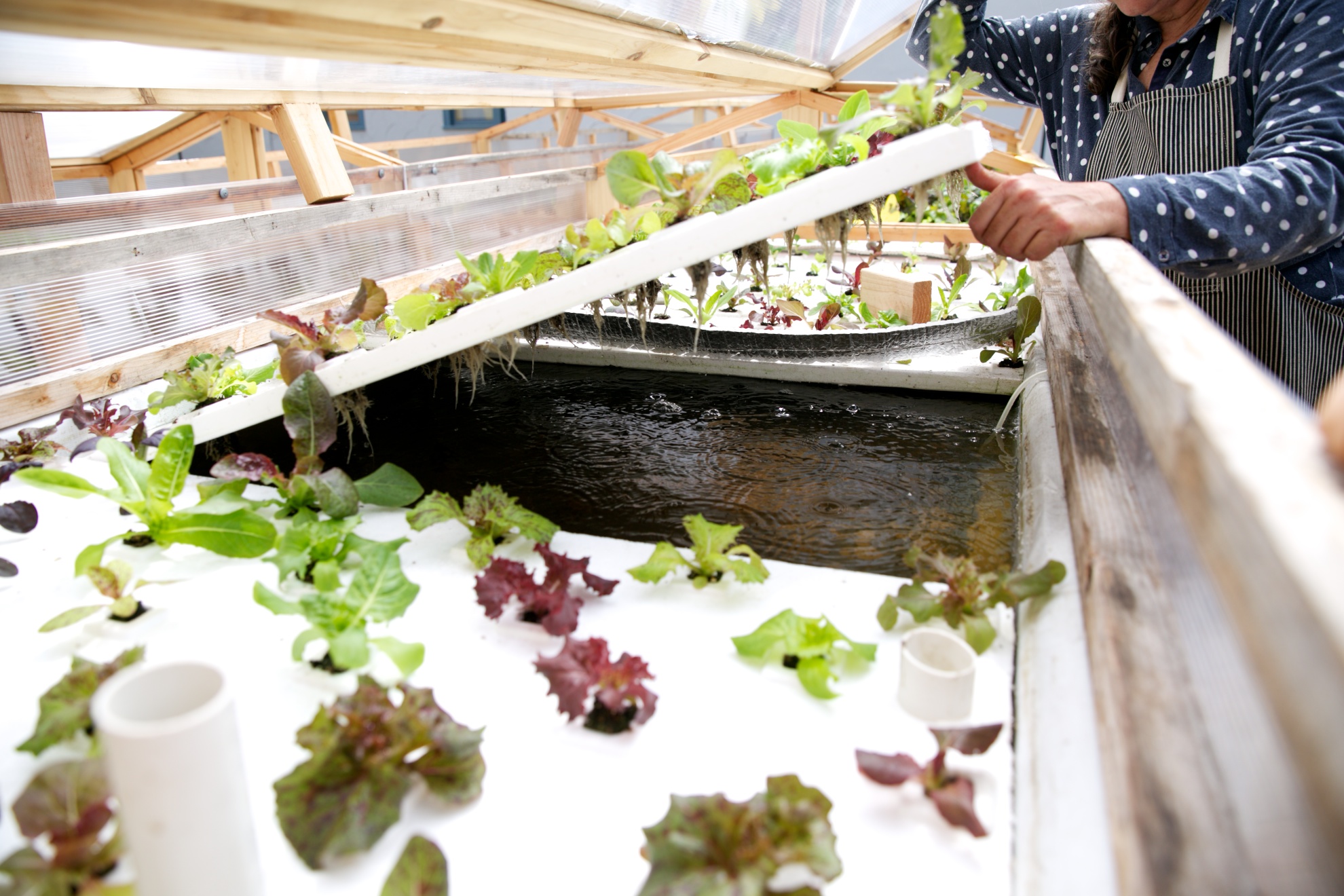
 isbscience.org/research/project-feed-1010/
isbscience.org/research/project-feed-1010/